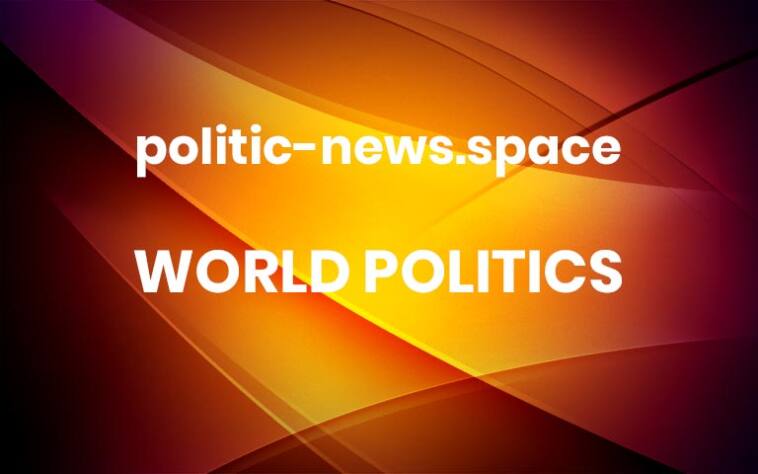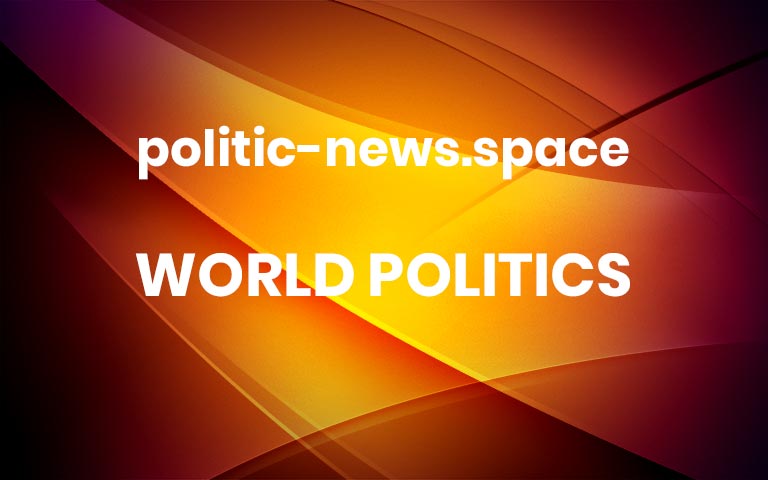Protecting one small species is a giant opportunity to safeguard our planet
Antarctica is otherworldly – breathtakingly beautiful, and yet so alien, frozen, and unforgiving that it is hard to imagine surviving there. Author and explorer Jon Krakauer has said of it, “Antarctica has this mythic weight. It resides in the collective unconscious of so many people, and it makes this huge impact, just like outer space.” It is wondrous, teeming with exotic wildlife – giant and microscopic. Blue, Humpback, Minke, Fin, and Sei whales are increasing there because these whale stocks are now rebuilding – many spend summers in the Southern Ocean surrounding Antarctica to feast on its wildlife. Numerous varieties of seals and birds, such as Elephant and Leopard seals, and Snow Petrels and Albatross, also flock to Antarctica. Emperor, Adélie, Gentoo, and Chinstrap penguins are its most famous inhabitants. These penguins’ sacrifice and devotion to breeding and tending to their eggs during the harshest winters imaginable are a testament to the tenacity of life on Earth. All this wildlife is supported by one of the smallest, but most significant species found anywhere on the planet, Antarctic Krill. The entire Antarctic ecosystem depends on the health of krill populations. This tiny crustacean feeds the fish, seals, whales, and birds that make Antarctica so vibrant. And what happens to krill in Antarctica does not “stay” in Antarctica – these krill are crucial to Antarctica, and thus the entire ocean’s food web.Krill also play a major role in the global carbon cycle by acting as a pump that pulls carbon dioxide into the ocean, sequestering it there and thus literally cooling the entire planet. Indeed, according to an ongoing study by the World Wildlife Fund-UK and the British Antarctic Survey, ”Every day, these tiny crustaceans transfer 0.3 million tonnes of carbon to the deep ocean – equivalent to the UK’s daily CO2 emissions – by eating and excreting phytoplankton and by regularly shedding their exoskeletons.”But Antarctic Krill are currently under threat from a massive increase in industrial fishing. This year saw unprecedented levels of krill fishing, with the industry reaching its highest ever catch limit of 620,000 tonnes. Vessels with the capabilities to operate 24 hours a day, 7 days a week for months at a time extracted twice as much krill as they had the year before, from a single area of Antarctic waters that is incredibly important for biodiversity.And yet, unwilling to settle for doubling the catch, it is still not enough for some. At a meeting that took place a few weeks ago in Hobart, countries came together to decide conservation matters in Antarctica, and for some, increasing the krill catch even further was the key priority. Antarctic krill is caught to feed farmed fish, used in dietary supplements as omega-3 pills and in pet food. And as this “appetite” for krill increases to “feed” these less than essential purposes, the risk to Antarctica and the ocean globally greatly increases too.The sad irony is that the Antarctic is governed by an international agreement that makes krill conservation its central focus. There are 26 countries, plus the European Union, that preside over the Antarctic Ocean under a treaty called the Convention of the Conservation of Antarctic Marine Living Resources, or CCAMLR.But these members should not govern the Antarctic as if they own it – and just divvy up the spoils. The Pacific Island, African, and Latin American nations, which are linked to Antarctica by whale populations that migrate from their waters, don’t have a seat at the table. These are countries where whales have significant cultural, historical, and economic importance.CCAMLR’s annual meeting at the end of October was the opportunity to provide a diplomatic focus on Antarctic marine protection. Conservation should have been the “main course” at the meeting, but instead, the body was consumed by debating krill fishing, which ultimately failed to deliver progress for marine protection for Antarctica.This blow follows almost a decade of negotiations that have resulted in the same inertia. Numerous countries have proposed creating four giant marine protected areas (MPAs) surrounding the Antarctic continent. All but two countries (China and Russia) have previously supported the creation of these new protected areas.This year, they followed suit and continued to veto marine protected areas, and on this occasion were joined by Norway, which attempted to increase the Antarctic krill fishing quota even further, and went as far as systematically removing all reference to marine protected areas as part of any deal.CCAMLR is no stranger to political and commercial stymie, but this meeting felt a new low. Norway is a country with ambitious climate change policies, recently announcing $3 billion contribution to the Brazilian-led Tropical Forests Forever Fund (TFFF), portrayed as a leader in sustainability, one that advocates for the protection of the Northern pole, only to risk undermining the foundation of the ecosystem of its Southern counterpart – for profit.Together, the marine protected area proposals could have protected nearly 4.5 million square kilometers – roughly half the size of the entire EU – and almost 3% of the Earth’s ocean surface. If established, it would have increased the amount of global ocean areas under protection from 8 per cent to 11 per cent – a monumental win for conservation at a time when the world desperately needs one.The Convention has proven itself to be ineffective and its members unambitious at best, exploitative at worst. How much longer can we continue to trust members with clear conflicts of interests to act on CCAMLR’s conservation mandate and release themselves from the nets of industrial krill fishing and big commercial interests?Monica Medina is a former US special envoy for biodiversity and water resources More



